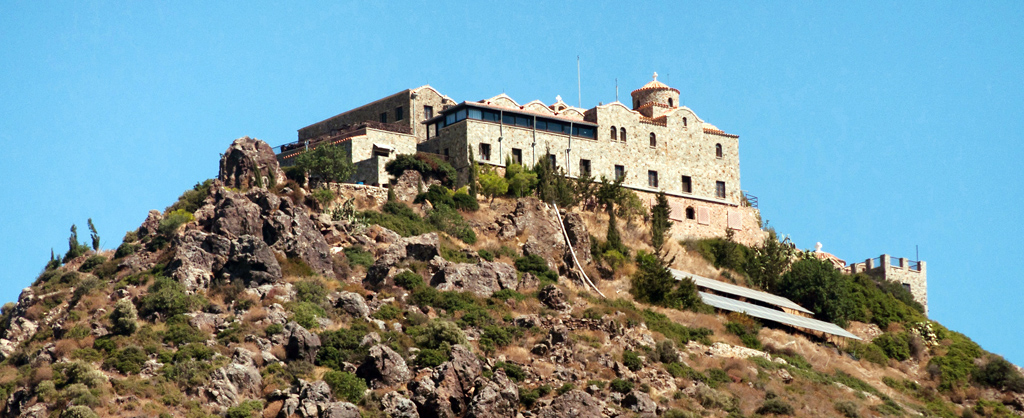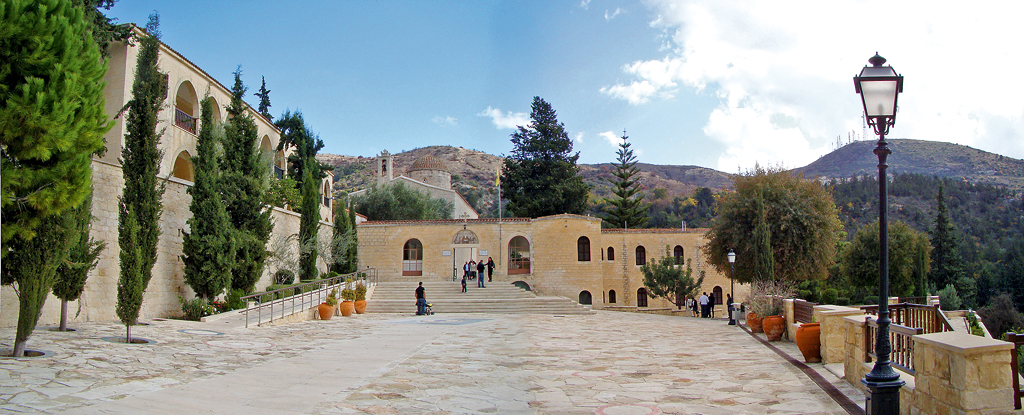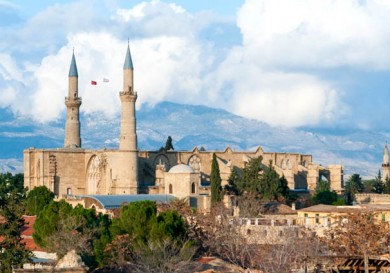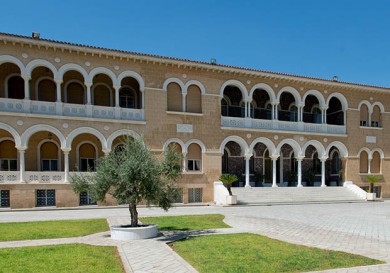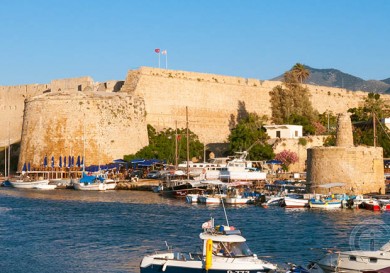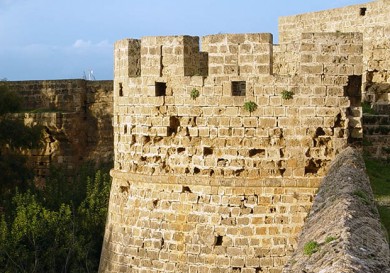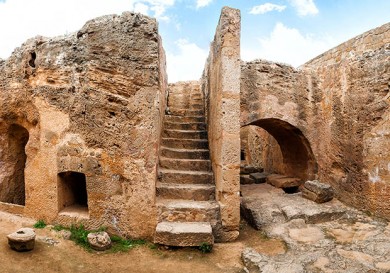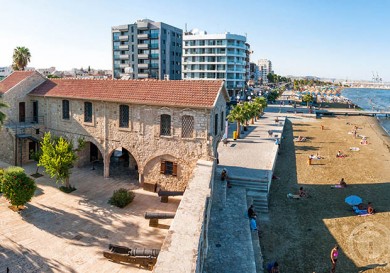Cyprus is an Island of Saints
It is not for nothing that Cyprus is considered the island of saints. Many of the earlier monks were from the east, while later monasteries were supplemented by immigrants from Egypt, Syria and Minor Asia, аs well as other areas where the life of a Christian was in danger. Up until now a significant number were not only of coenobitic monasteries but also former shelters of hermits, various caves and tombs of the first ascetics remain in Cyprus.
Cyprus’ monasteries had their new heyday after the island announced independence. Male and female communities were resurrected on the ruins of ancient convents and monasteries, and now open their doors hospitably to believers from all over the world.
Everyday Life in Monasteries in Cyprus
![]() The life of monks and nuns is full with everyday work and difficulties – divine worship is given daily and various works are done (as a rule monks are engaged in manual work – diaconima, which means obedience).
The life of monks and nuns is full with everyday work and difficulties – divine worship is given daily and various works are done (as a rule monks are engaged in manual work – diaconima, which means obedience).
Apart from taking care of the churches, nuns do needlework (sewing and embroidery) and make candles and incense, whilst the monks раint icons and frescos, supplement and extend the monastery’s libraries, engage in self-education and restore manuscripts and early printed books.
Мany monasteries are engaged in land cultivation on their own plots, grow оlives, fruit, cereals and grow flowers. Some convents have livestock and apiaries.
Monasteries in Cyprus receive revenue from selling their products and food. The funds they receive are allocated towards the upkeep of the convents, participation in humanitarian and social programmes and to charity. The monasteries have also created modern research theological centres, ‘guarding’ church dogmas.
At present the main form of a monks’ life in Cyprus is coenobitic, which is kept to regulations. Моnks and nuns live under the same roof, they share their meals and their spiritual management is carried out by the reverend father or mother of the convent.
A number of monasteries in Cyprus maintain an ancient tradition, in accordance with which male monasteries are closed for women (for example, the Stavrovouni monastery), while men are not allowed into female monasteries. But not all monasteries are strict about this rule. For example, believers of both sexes are allowed into the monastery of Kikkos.
Hospitable Convents
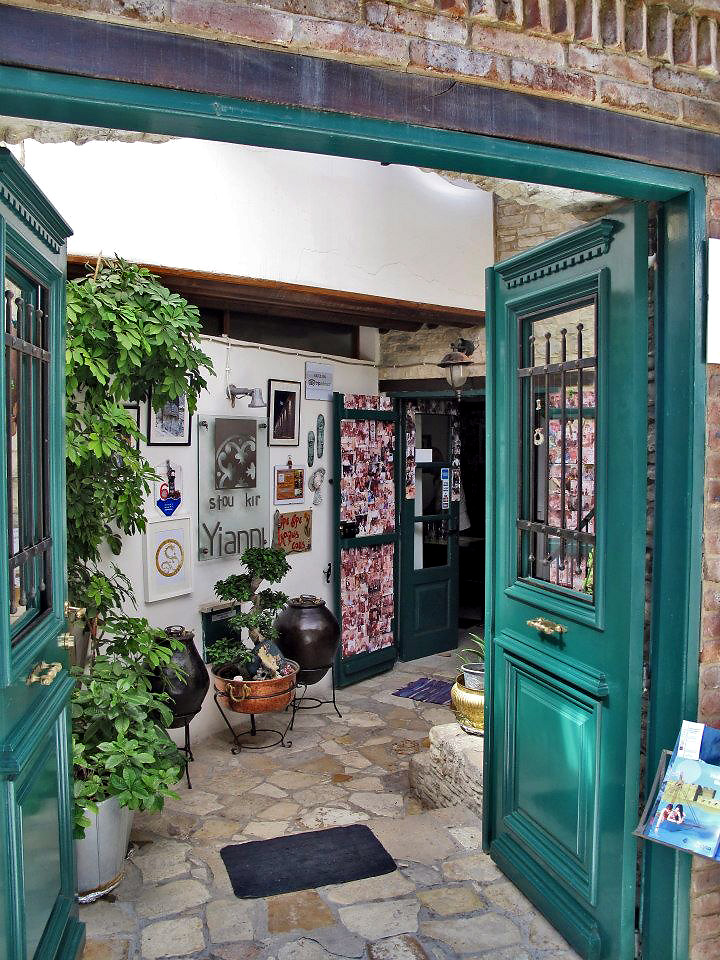 Monks have not forgotten the law of hospitality. When guests visit the monastery, the meal becomes richer and more varied. Мonks who live in convents and are in contact with worldly people are called by a Greek word migades (which means ‘a mixer’).
Monks have not forgotten the law of hospitality. When guests visit the monastery, the meal becomes richer and more varied. Мonks who live in convents and are in contact with worldly people are called by a Greek word migades (which means ‘a mixer’).
Such monks must know recipes of various dishes as even royalty and noblemen visited Cypriot monasteries; this is why the cuisine of the monasteries is conspicuous for its abundance and variety.
Almost all the monasteries either ignore meat altogether or use it very rarely for guests, while they usually serve bread, mustard, оlives, ox cheese, herbs, fish and seafood for meals.
Cyprus’ convents have attained supreme skills in the creation of various handmade goods – richly decorated icons, clay incense burners, painted candles made of beeswax, knitted beads and little crosses.
But Cypriot monasteries are not only famous for their everyday items; the best оlive oil is produced here, medicines made from herbs gathered with love on mountain slopes, fruit jam, almond marzipans, honey from churches’ apiaries and even high-quality wine.
Wine-making in Monasteries
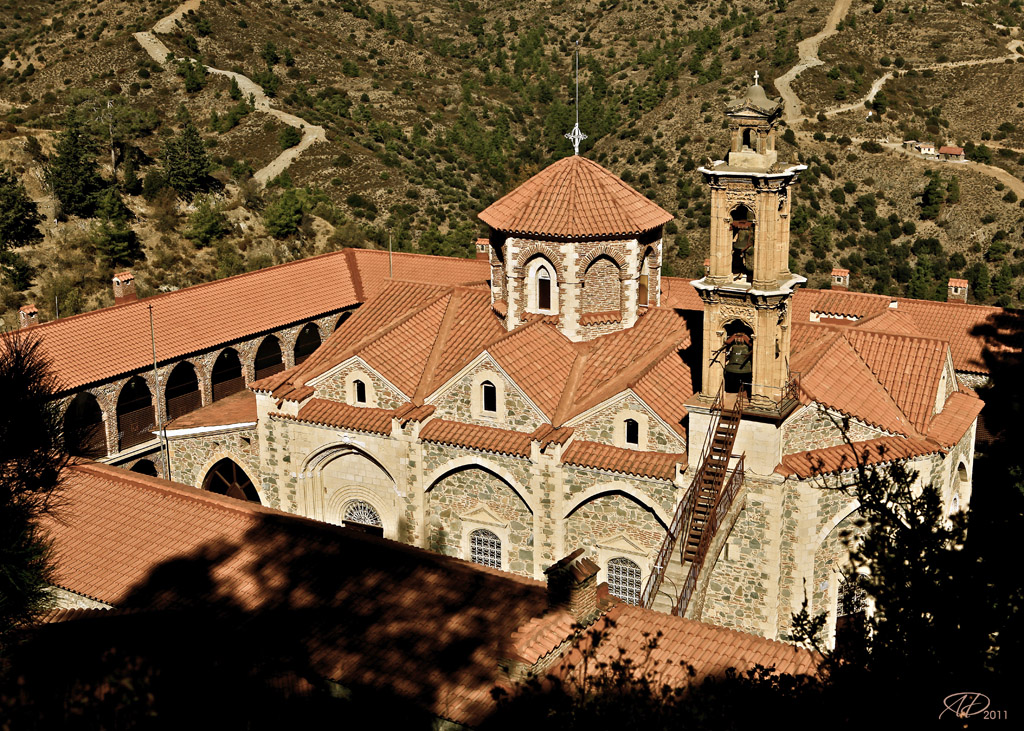 Today there are two wineries in monasteries in Cyprus – in the convent of the Most Holy Mother of God Chrysorroyiatissa and in Saint Kikkos.
Today there are two wineries in monasteries in Cyprus – in the convent of the Most Holy Mother of God Chrysorroyiatissa and in Saint Kikkos.
The reverend father of the Chrysorroyiatissa monastery, father Dionysius, with snow-white hair and a spectacular beard, who resembles a hero from Greek mythology in some way, says that pilgrims who came to the monastery in the old days, not only received olives and bread as a treat, but also homemade wine which restored their energy after a long journey.
People say that all the monasteries in Cyprus used to have equipment to make juice and wine. Physical evidence to this still exists.
The Macheras monastery has an ancient wine press in its ownership, whilst the most famous Cypriot monastery, Kikkos, has been known for its wine, especially red, and zivania for many years.
When father Dionysius took over management of the monastery in 1978, ripe bunches of grapes were sold to the factories producing juice in Limassol. The father decided to resurrect wine-making traditions, and since mid 80s the monastery has resumed wine production. Father Dionysius was so happy about the first 500 bottles that he gave them all away as a gift. Now the monastery supplies about 150 000 bottles of wine to the market each year.
A Journey around Cypriot Monasteries
It must be hard to find a more interesting route than visiting ancient monasteries in Cyprus! People have been sure since the olden days that a prayer or participation in a divine service in a holy place has special power.
Maybe this is why large number of pilgrims from all over the world and also ordinary people asking for help or just enjoy the magnificent creations of the ancient era, stream to Cypriot monasteries every year.




